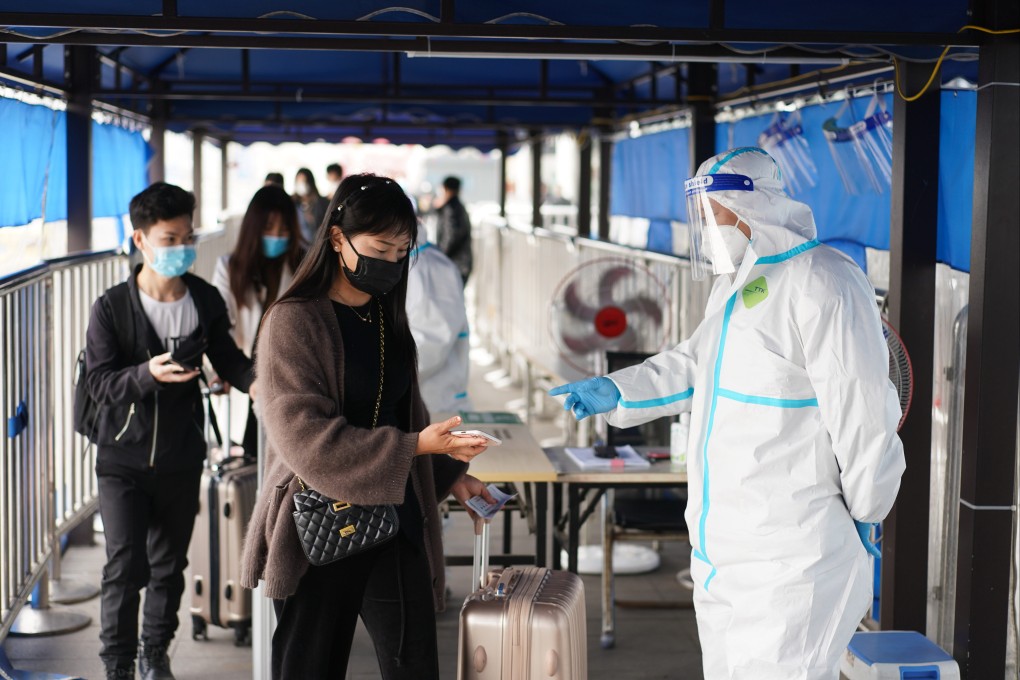Explainer | The colour-coded Covid app that’s become part of life in China – despite the red flags
- Authorities rely on big data, mainly from the ‘health code’, and community monitoring to keep track of people’s movements
- Critics have raised privacy concerns over the system, saying it’s a way to exercise mass surveillance and social control

Some have raised privacy concerns over the system – which is now required for entry nearly everywhere in China – and questioned whether there is a sufficient legal framework for it.
What is China’s ‘health code’?
The first health code was developed in February 2020 by the Hangzhou government, and other places soon followed with their own codes.
Now, provinces, regions and municipalities all have their own versions that can be downloaded via popular platforms WeChat and Alipay. (Alipay is run by Ant Group, an affiliate of Alibaba Group Holding, which also owns the South China Morning Post.)
They require real-name registration and generate a colour code – green, yellow or red – that indicates the person’s Covid-19 risk level.
When your code is green, it means you have not been exposed to any potential cases or been to any risky areas, and you can travel, dine and work as usual. Yellow and red codes result in restrictions such as not being allowed into restaurants, coffee shops, public transport or hotels, and not being able to leave the city.